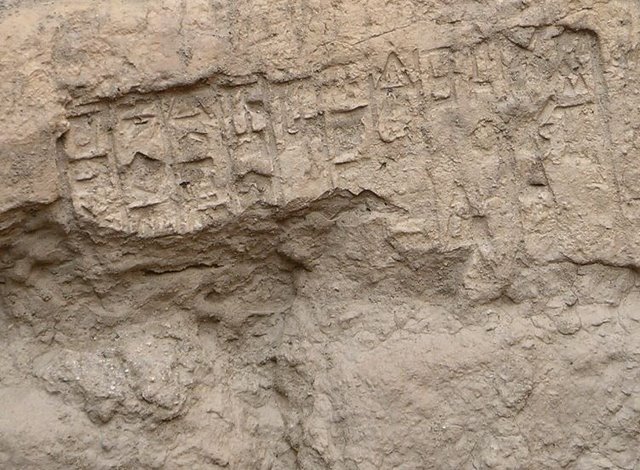Royal Tombs of Ur, 2600-2500 BCE
The New York Times reported on March 17, 1929 that clay tablets, ten-stringed harp, and other parallels to the Old Testament had been found at Ur.
“The graves of the kings of Ur” — so Woolley, in the exuberance of his delight at discovering them, had dubbed the tombs of Sumerian nobles whose truly regal splendor had been exposed when the spades of the archaeologists attacked a 50 foot mound south of the temple and found a long row of superimposed graves. The stone vaults were veritable treasure chests, for they were filled with all the costly things that Ur in its heyday possessed. Golden drinking cups and goblets, wonderfully shaped jugs and vases, bronze tableware, mother of pearl mosaics, lapis lazuli and silver surrounded these bodies which had mouldered into dust. Harps and lyres rested against the walls. A young man, “Hero of the land of God” as an inscription described Him, wore a golden helmet. A golden comb decorated with blossom in lapis lazuli adorned the hair of the beautiful Sumerian “Lady Pubic.” Even the famous tombs of Nofretete and Tutankhamun contained no more beautiful objects. “The graves of the kings of Ur” are moreover 1,000 years older at least.
The graves of the kings had as well as these precious contents another more grisly and depressing experience in store for us, enough to send a slight shiver down the spine. In the vaults were found teams of oxen with the skeletons still in harness and each of the great wagons was laden with artistic household furniture. The whole retinue had clearly accompanied the noblemen in death, as could be gathered from the richly clad and ornamented skeletons with which they were surrounded. The tomb of the beautiful Pubic had twenty such skeletons, other vaults had as many as seventy.
What can have happened here so long ago? There was not the slightest indication that they were victims of a violent death. In solemn procession, it would seem, the attendants with the ox-drawn treasure-wagons accompanied the body to the tomb. And while the grave was being sealed outside they composed their dead master for his last rest within. Then they took some drug, gathered round him for the last time and died of their own free will — in order to be able to serve him in his future existence.
For two centuries the citizens of Ur had buried their eminent men in these tombs. When they came to open the lowest and last tomb the archaeologists of the 20th century A.D. found themselves transported into the world of 2800 B.C.
Werner Keller. The Bible as History. Bantam Books. New York. 1982. p.23-24.
See also-




